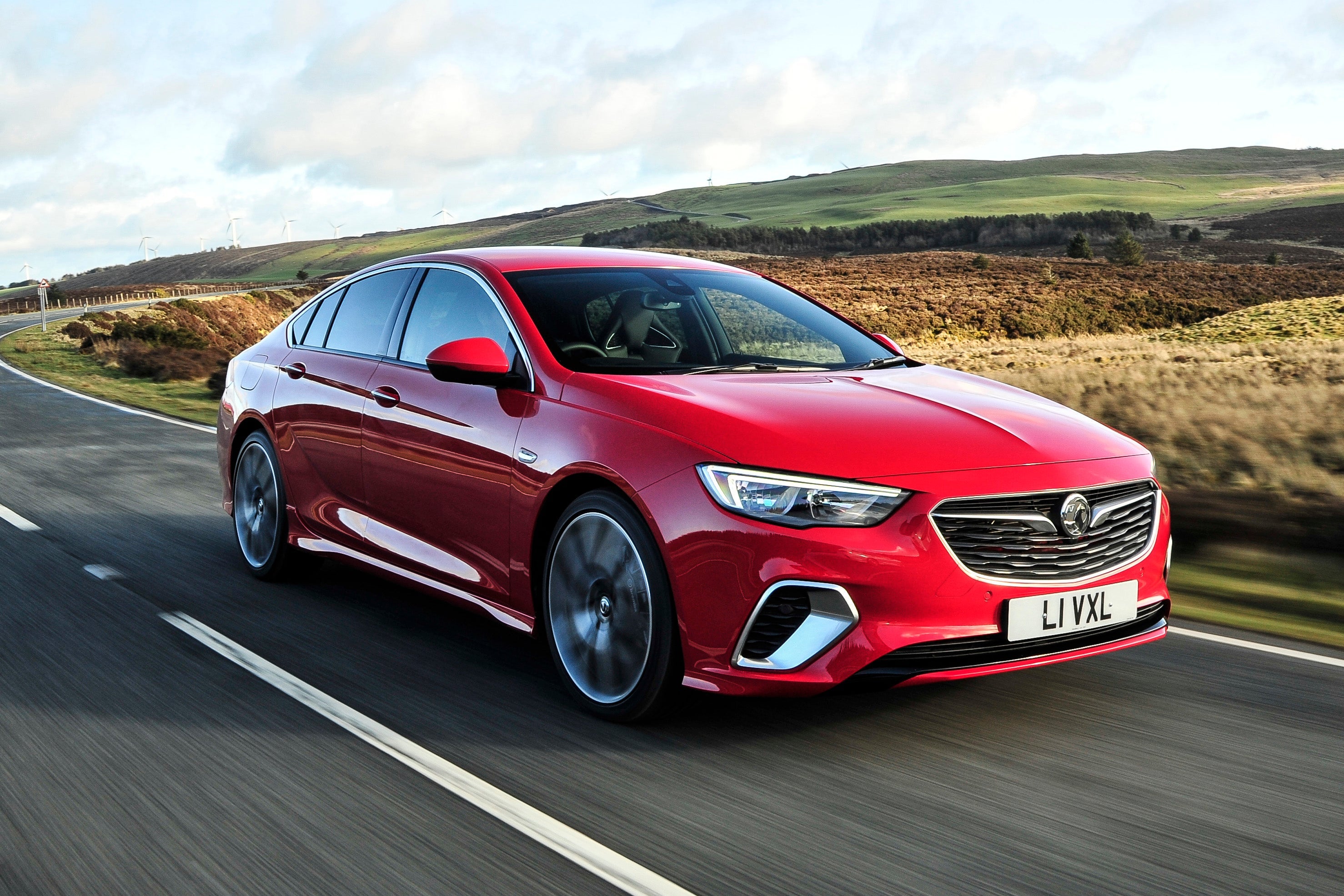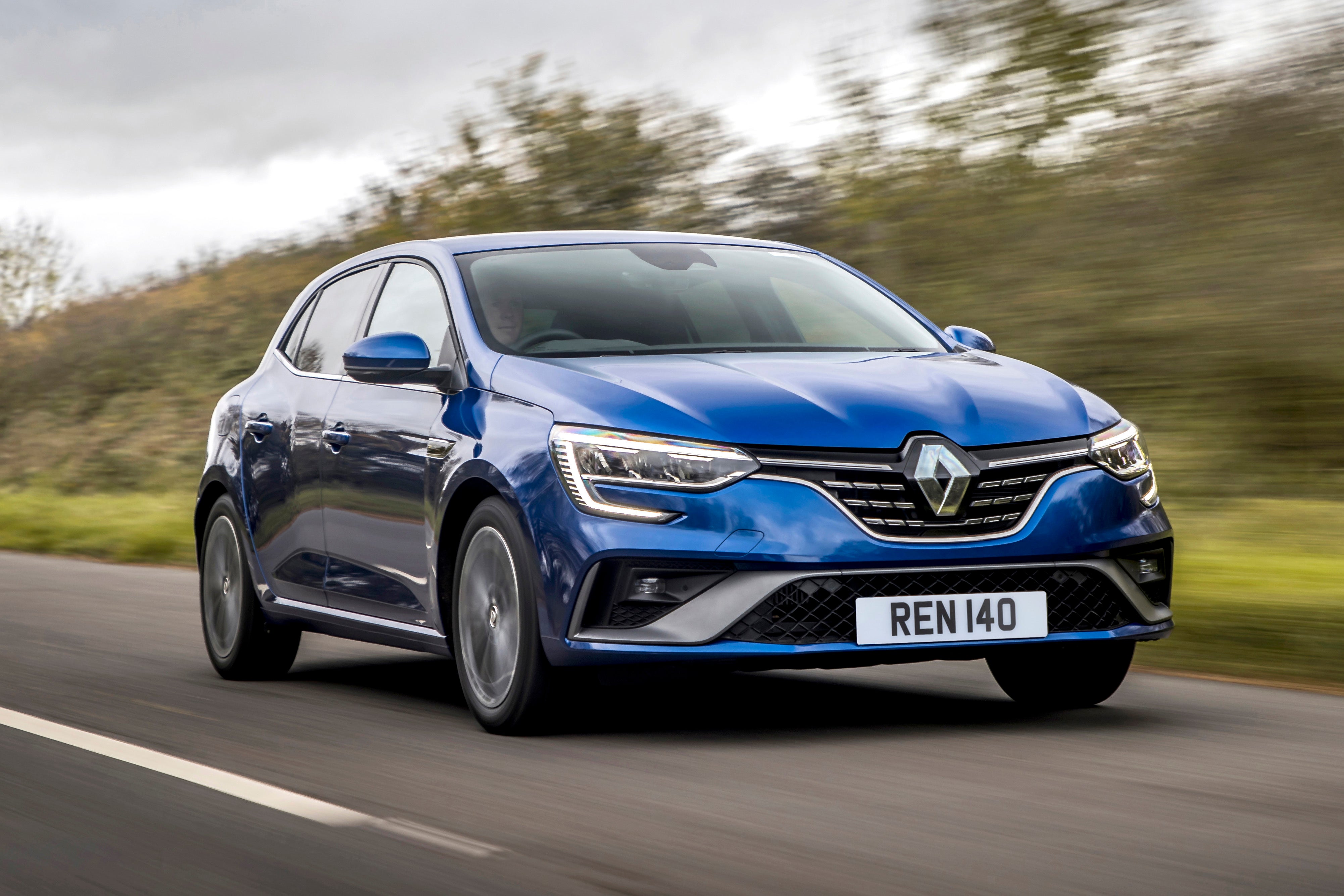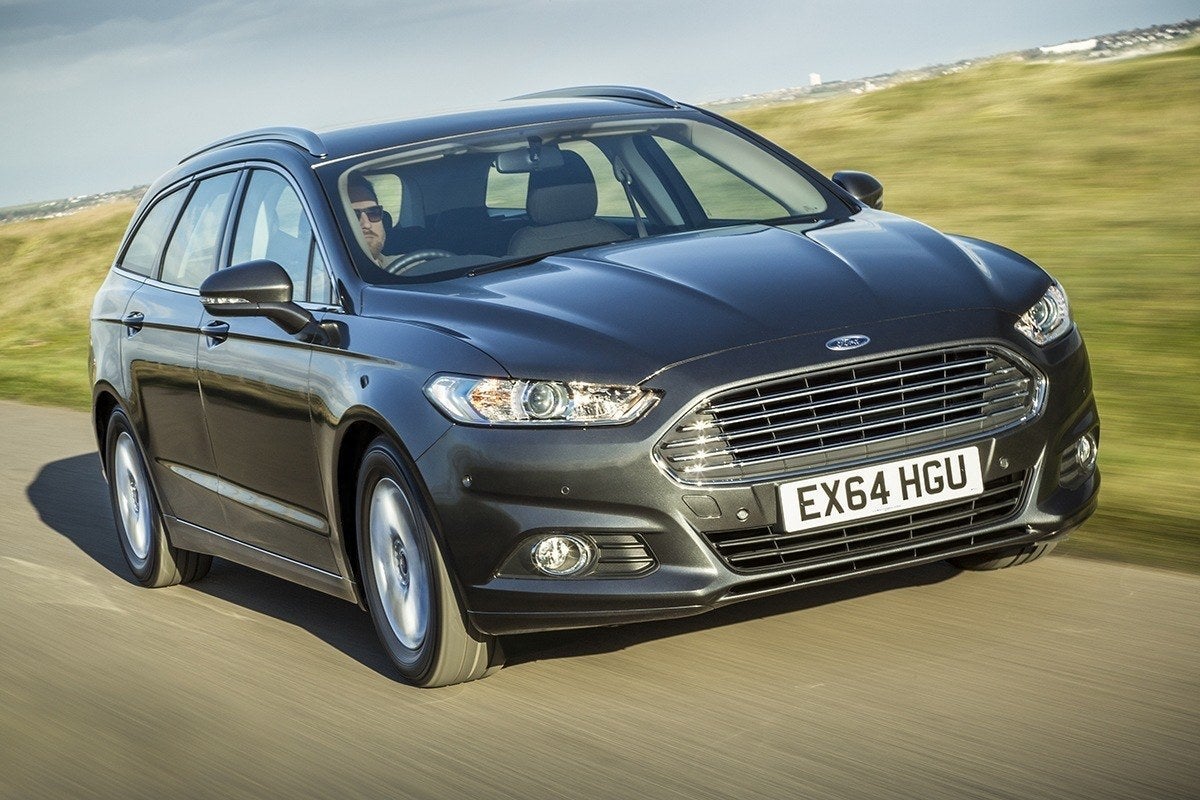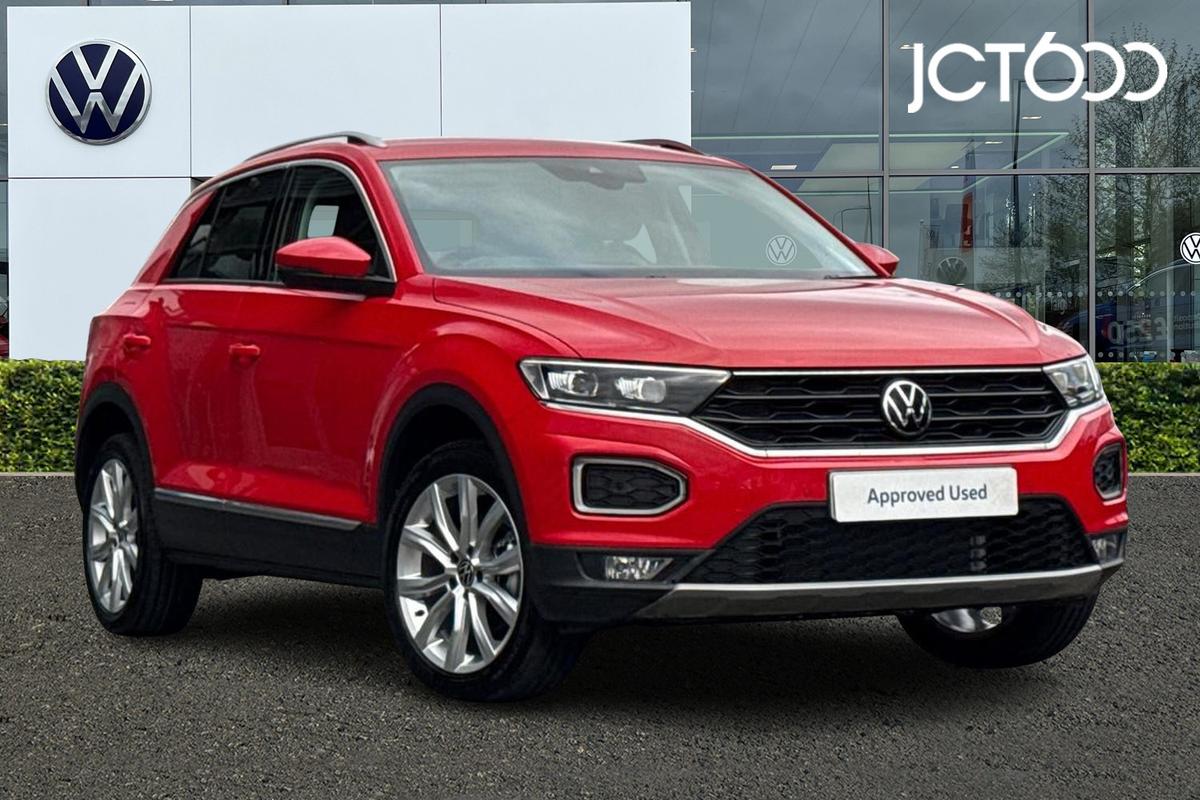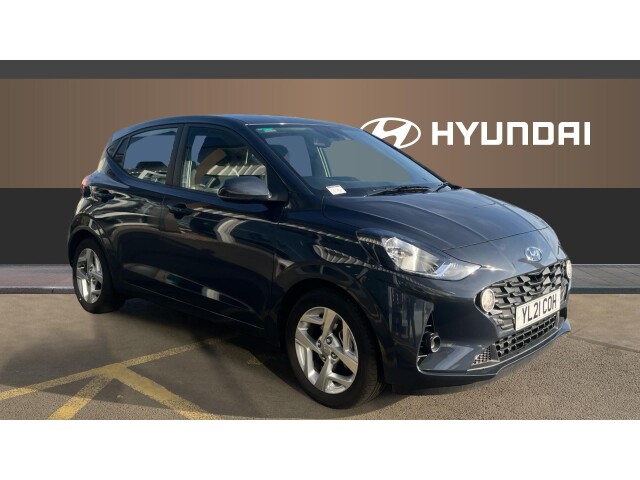
A pre-reg car is a car that has been registered (assigned a number plate and an owner) before it has been sold, this is usually done to boost a manufacturers sales figures.
‘Nearly new’ cars could cover ‘ex-demo’ cars which have been test-driven by prospective customers or used as courtesy cars. They’ll potentially have covered a few thousand miles – so they’re cheaper to buy than a new car.
Pre-registered cars tend to represent a good deal because you’re paying a used-car price for a car that has never been used, is usually less than six months old and has a handful of miles on the clock. It’s also available to buy straight away so you won’t have to wait for it to be built and delivered from the factory.

Why pre-register a car?
If you’re wondering why manufacturers and dealers pre-register cars, it all comes down to sales figures and profit margins. Profits are tight in the car-building game and every year each manufacturer will set a sales target it needs to hit and these targets trickle down to individual dealerships and even individual salespeople.
Not hitting a target could mean the dealer incurs a penalty from its head office so, to avoid this, dealers pre-register cars to skew the figures, hit their targets and incur no penalties.
What exactly is a pre-registered car?
So a pre-registered car is one that has been registered by the dealership to improve its sales figures, but what exactly does that mean to you if you’re buying the car?
For a start it means you won’t be the only name on your car’s V5C logbook, you’ll be the second owner behind the registering dealer. That said, it’s essentially a new car with no more than 200 miles on the clock. In other words, it should be in an as-new condition complete with the new car smell that you only get with a car that hasn't been touched.
However, you won’t pay new-car prices. You can expect to make a saving of up to 10% compared to a car that hasn’t been registered, although quite how much you save depends on demand – if the car is very sought after, you could end up paying more to dodge a lengthy waiting list.

What should I consider when buying a pre-registered car?
That said, by their very definition, pre-registered cars tend to be less popular models – dealers wouldn’t have to pre-register them if they were selling like hotcakes – so it’s worth pushing for a bargain. To do this, go prepared. The car is likely due for replacement so enter any negotiation armed with this knowledge – remember, when a new car is launched values on the old car tend to fall quicker so there’s room to have more money knocked off the price.
What exactly is a ‘nearly new’ car?
In many ways, a ‘nearly new’ car is the opposite of one that has been pre-registered. It will have been registered, too, usually as a demonstrator for prospective buyers or as a courtesy car for owners having their car serviced.
As a result, ‘nearly new’ cars often have a few thousand miles on the clock and, while you can expect them to be in excellent condition, they might not have the factory-fresh smell and feel of a car that has been pre-registered.

What are the downsides of buying a pre-registered or ‘nearly new’ car?
Let’s deal with the downsides of buying a pre-registered car first.
For a kickoff, you’ll be the second owner on the car’s logbook which could slightly devalue it when it comes to selling it on, although the practice of pre-registering cars is widely recognised now. This also means the car might not be to your exact specification, which it would be if you’d personally configured it.
Another downside, particularly if you intend to keep the car long-term, is that you won’t get the full balance of the manufacturer's warranty, which starts counting down the moment the car is registered. This only matters if you’re likely to hit the year limit of the warranty before the mileage limit.
For example, you buy a pre-registered car that’s six months old and has a three-year/60,000 mile warranty, but you cover 30,000 per annum – you’ll still get the full use of the warranty because you’ll cover 60,000 miles before the three years are up.

Insurance is another consideration. Say the pre-registered car you bought is seriously damaged and written off, your insurance company won’t replace it with a brand new car like it would if you had bought a new car.
Finally, it is worth inspecting a pre-registered car with a fine-tooth comb. In some cases, they may have been sitting in an automotive holding pen for months so check the paintwork for damage caused by bird droppings and make sure the tyres haven’t developed flat spots.
‘Nearly new’ cars will suffer from the same warranty issues as pre-registered cars and they’ll likely not feel as fresh inside because they may have seen a few-thousand-miles-worth of use.
Pre-reg cars are a good deal because you’re essentially getting a brand new car for the price of a secondhand car. You make the savings because you’ll be the second owner on the car’s V5C logbook, the first being the dealer who initially registered it.
New pre-reg means that the car is brand new but it has been registered with the dealership being the first owner of the car. New cars tend to be pre-registered to inflate manufacturers sales figures.
How many miles a new car has covered isn’t what defines it as used – a used car is one that has had one or more previous owners. That said, new cars usually have a few miles on the clock that are accumulated when the car’s transported to the dealership.
